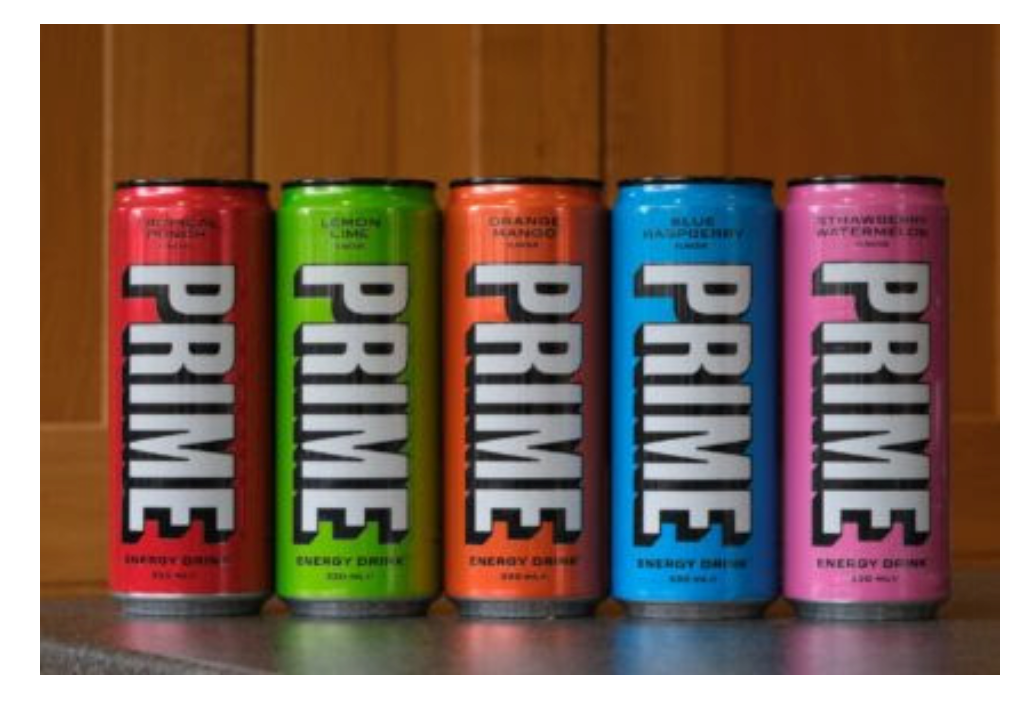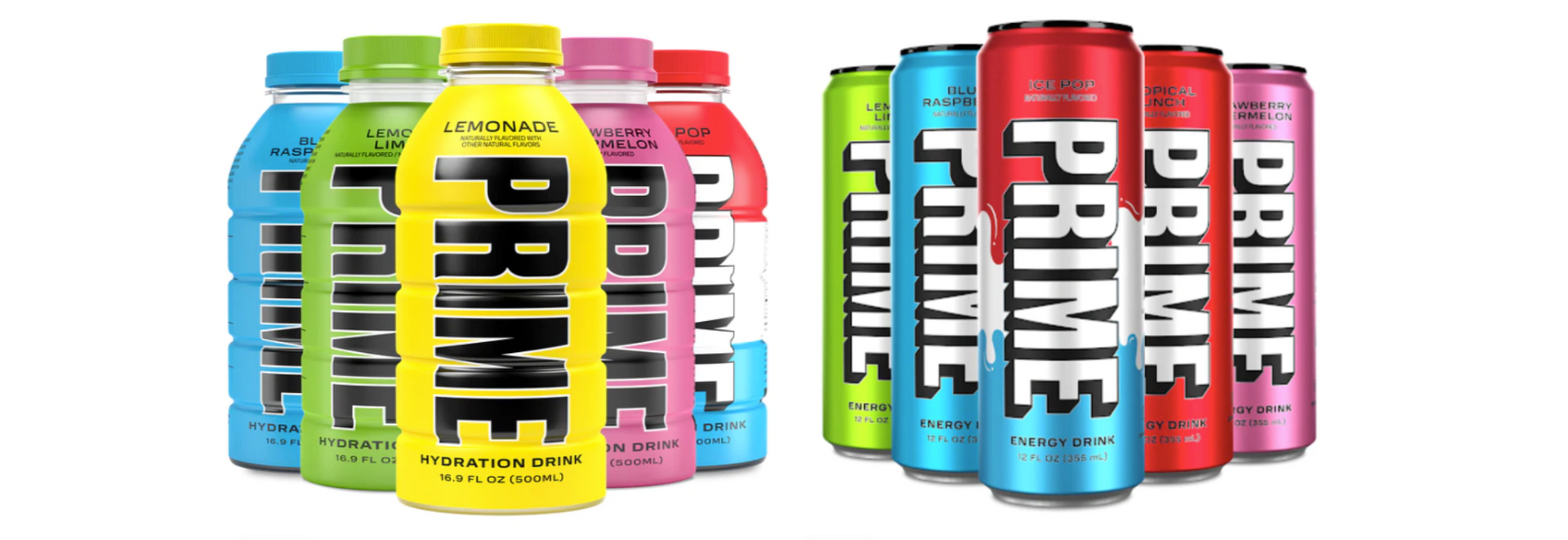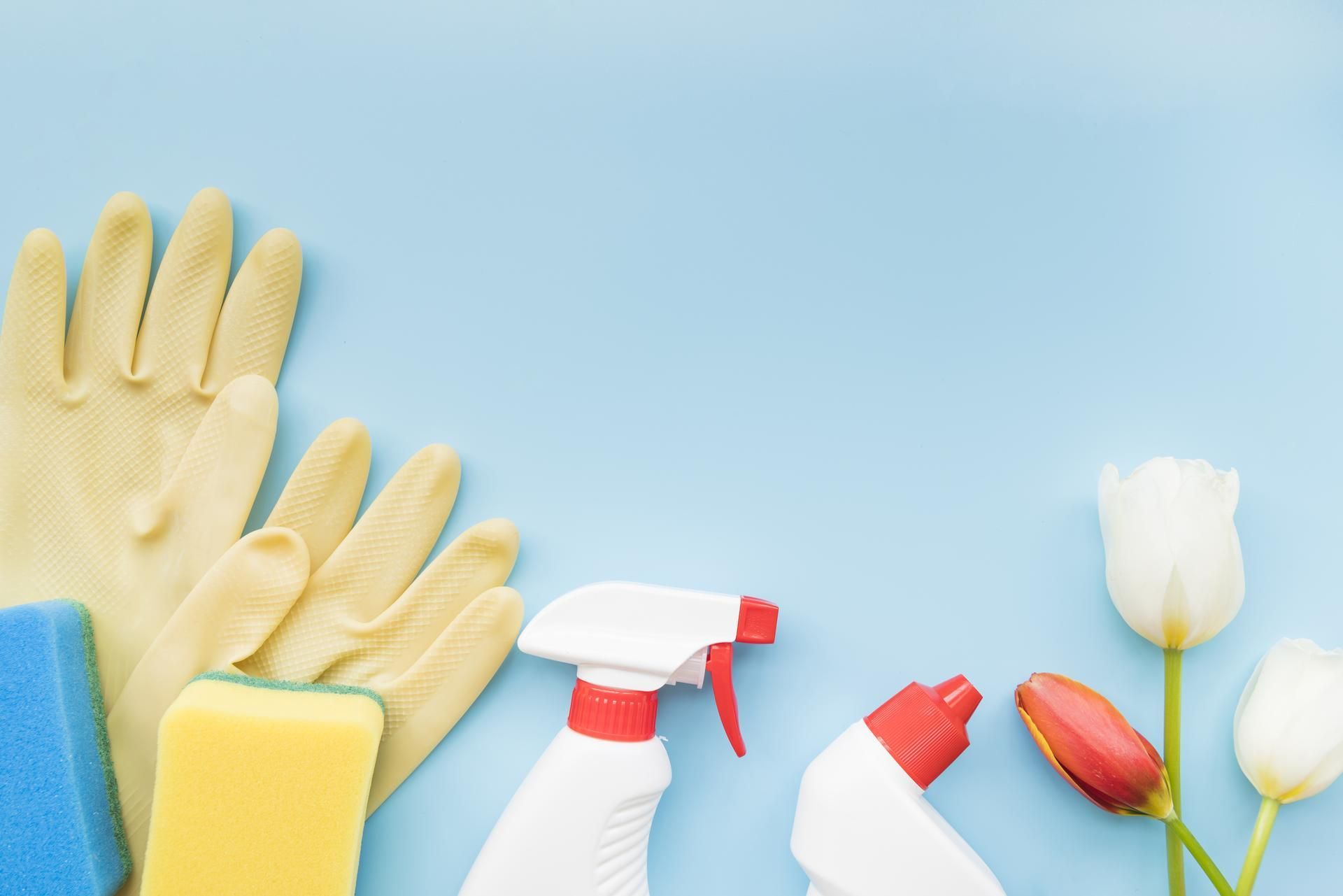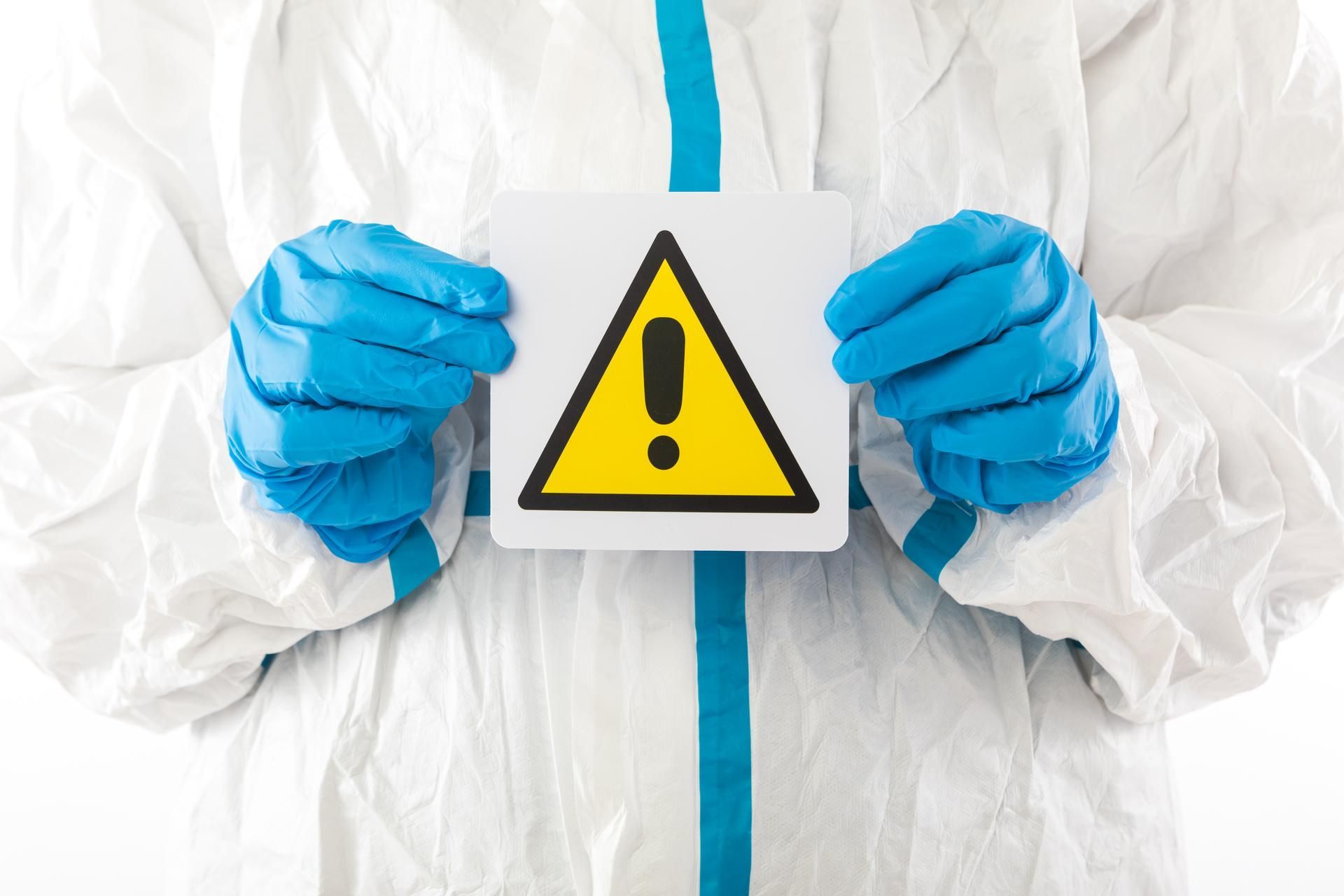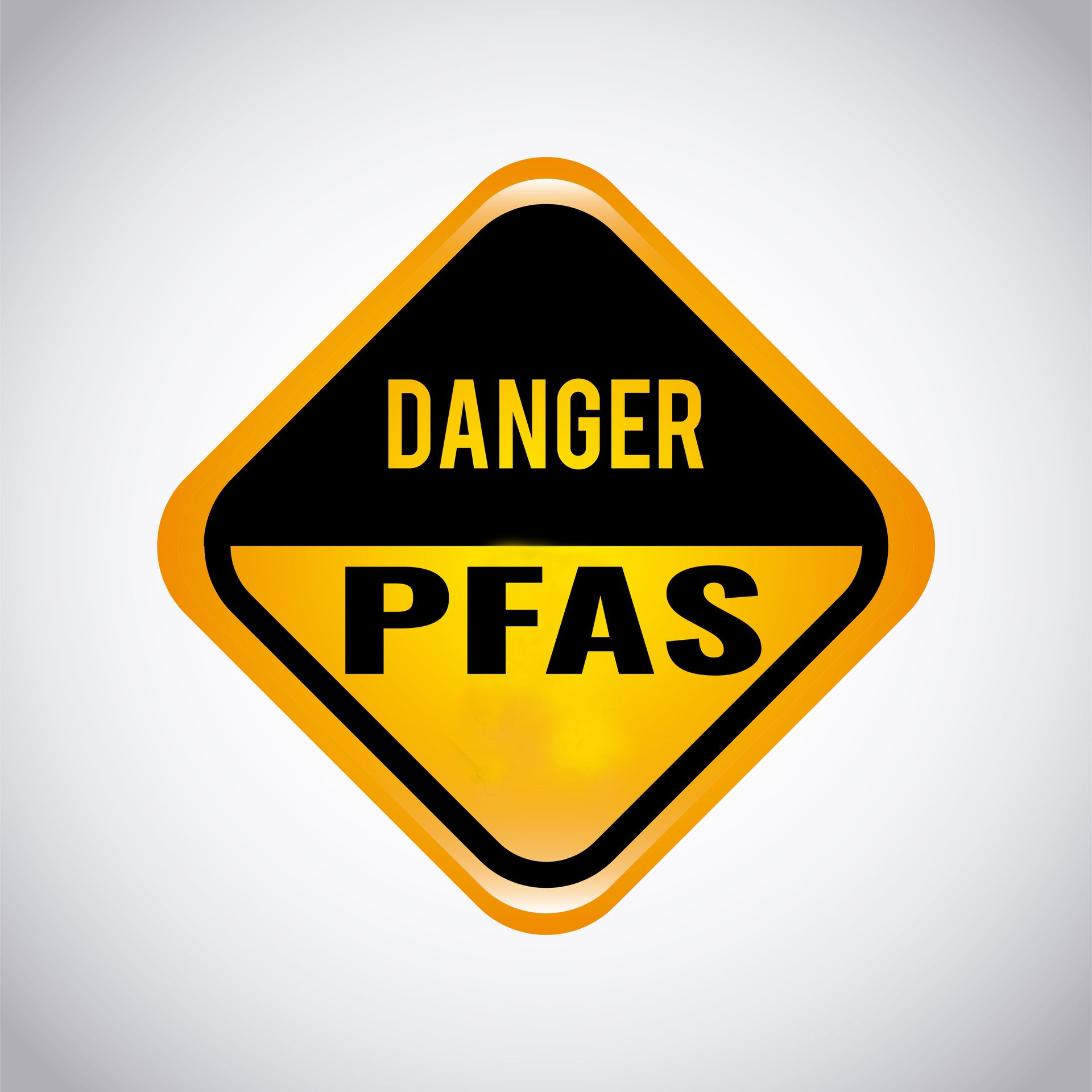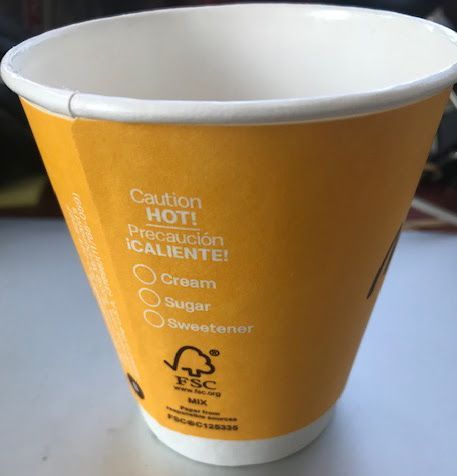By Gerald Goldhaber
•
05 Oct, 2023
1. Skittles. Mars Co , manufacturer of Skittles, was named in a class action lawsuit filed in California last year claiming that Skittles contains titanium dioxide, used by Mars to make its Skittles look brighter and more colorful, while at the same time causing irritation to the eyes, nose and throat and, more seriously, having the potential for causing reproductive damage in humans. The European Union, which has banned Skittles, claims that titanium dioxide may also be a human carcinogen. 2. Mountain Dew & Fresca . Americans who “do the Dew” might be surprised to learn the product contains brominated vegetable oil. BVO is banned in Japan and the European Union because it contains bromine, the element found in brominated flame retardants, which can build up in the body and potentially lead to memory loss, as well as skin and nerve problems. The grapefruit-flavored soda, Fresca, also contains the ingredient. 3. Kraft Stove Top Stuffing . Kraft Stove Top stuffing might make weeknight dinners easier, but it also contains the same BHT discussed earlier and found in American breakfast cereals, including Honey Bunches of Oats and even the popular Wheat Thins, as well as BHA, which as we have already seen, at high doses causes cancer in rats, mice and hamsters, thus resulting in bans in the EU, Japan and elsewhere. 4. Little Debbie Swiss Rolls. Products in the European Union containing Yellow 5 and Red 40 carry warnings that they cause adverse effects in children, but you won’t find that warning on a box of Little Debbie Swiss Rolls in the U.S. Norway and Austria have banned the snack cakes outright. Some cereals, such as Lucky Charms, also use Yellow 5, Yellow 6 and Red 40, despite being known to cause itching and hives for some. 5. Ritz Crackers and Coffee-mate. Trans fats were officially banned in the U.S. in 2018; however, some trans fats such as partially hydrogenated soybean and cottonseed oils can still be found in popular products such as Ritz Crackers, Coffee-mate creamers and even those buttery Pillsbury Biscuits. These ingredients are also banned in Switzerland, Austria, Hungary, Iceland, Norway and Denmark. I could go on but you get the picture. As the Warnings Doctor, my advice to you is the same advice I got from my Jewish grandmother: "If it's from the farm, it's probably great for you, but if it's from a factory, not so great!"




